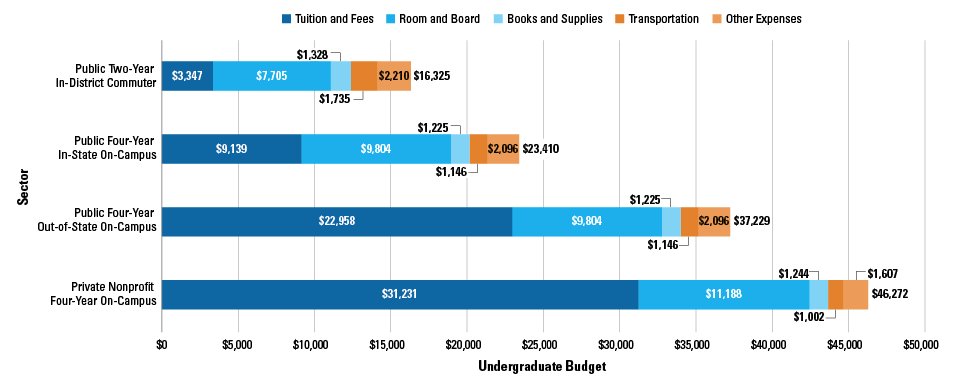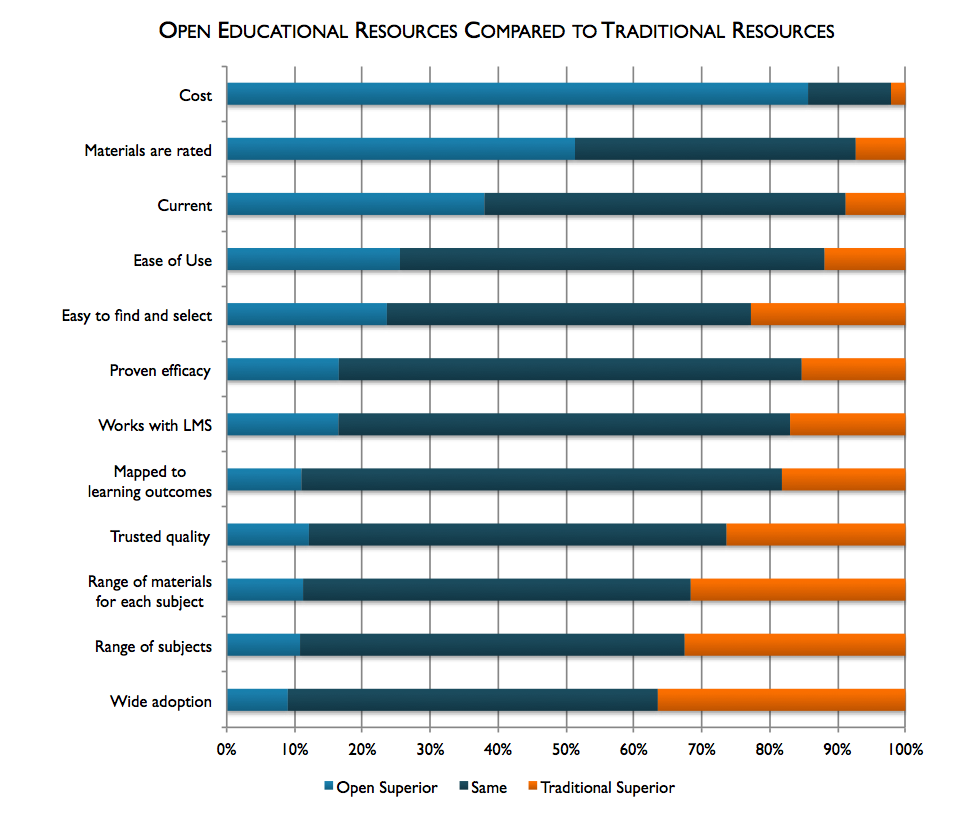The Power of Open Educational Resources
By AACC Staff
July 8, 2015
Rising costs can be a roadblock to completion. But community colleges are finding solutions to save students money, including access to more affordable learning materials.
As the cost of higher education continues to increase, community colleges are striving to improve affordability for students across the country. When it comes to college costs, people often think of tuition or room and board — but one factor not often discussed is the rising cost of textbooks.
Currently, the standard cost of textbooks is estimated to be $1,328 per year for the average community college student, an increase of more than 80 percent compared to a decade ago. As a result, in 2013, almost two-thirds of all college students had opted not to purchase a textbook for at least one of their classes, according to a recent report by the United States Public Interest Research Group.
As a solution, institutions have been exploring open educational resources (OER), which allow students to freely access teaching, learning and research materials. Through the development of OER, community colleges have been able to expand access to critical educational resources at a more affordable price, helping students successfully complete the courses needed to reach completion. The College Board estimates that a student could save roughly $2,000 to $3,000 over the course of a two-year program, or $1,200 per school year.
Average Estimated Full-Time Undergraduate Budgets by Sector, 2014–15

Source: The College Board, “Trends in College Pricing” (2014)
In 2013, Tidewater Community College (TCC), in Virginia, became the country’s first regionally-accredited institution to offer a zero-textbook-cost associate degree, aptly named the Z-Degree Program. Modeled after TCC’s success, the Virginia Community College System (VCCS) will be next to move forward with a pilot program that will bring OER to its 15 institutions, as reported by Campus Technology. VCCS received a $200,000 grant from the William and Flora Hewlett Foundation to fund the program at Virginia’s community colleges, which in its first year is projected to save 50,000 students approximately $5 million in the first year.
While OER programs are relatively new, their proponents are attracted to the programs’ clear advantages. They allow students to cut down on the cost of education, and a recent survey found that more than half, or 57.2 percent, of faculty members didn’t see a huge quality gap between traditional and open resources.
 Source: Opening the Curriculum: Open Educational Resources in U.S. Higher Education, 2014
Source: Opening the Curriculum: Open Educational Resources in U.S. Higher Education, 2014
Ultimately, OER provide opportunities to ensure our students have access to no- or low-cost textbooks and course materials. If we continue to see such successful adoption in the near future, perhaps other regions will pilot statewide open-textbook initiatives for their higher-learning institutions. As leaders in higher education, we must continue to innovate and find alternatives to help reduce education expenses for our students nationwide.





